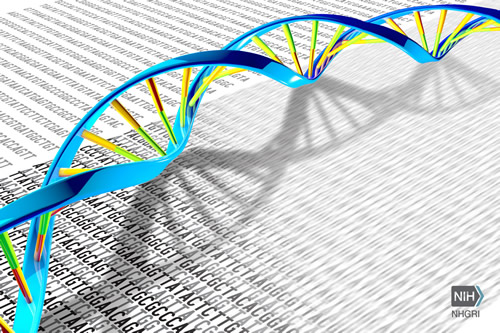Mislabeled Proteins Linked to Birth Defects
IRP Researchers Discover Genetic Disorder Affecting the Brain and Skull
A baby is born with a birth defect every four and a half minutes in the United States, adding up to one in every 33 babies born each year in this country. While some birth defects can be corrected or treated, many result in life-altering disabilities, and sometimes the child doesn’t survive. In fact, birth defects account for about 20 percent of infant deaths in the U.S. World Birth Defects Day, celebrated on March 3 each year, honors the people and organizations who are working to understand, prevent, and treat birth defects.
One of these organizations is the Undiagnosed Diseases Program (UDP) at NIH, which connects experts across the IRP’s 23 Institutes and Centers in a joint effort to find explanations for the “most puzzling medical cases" referred to the NIH Clinical Center.






